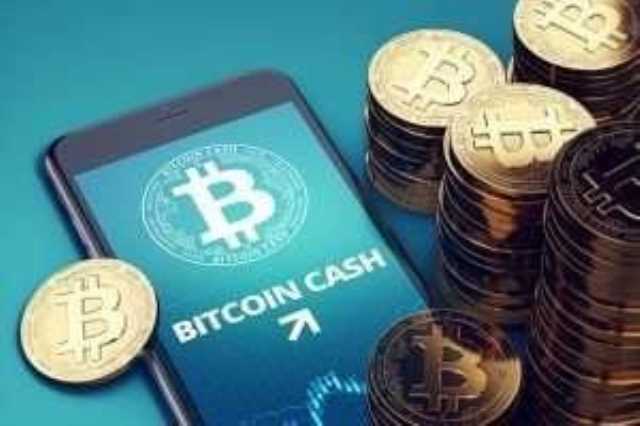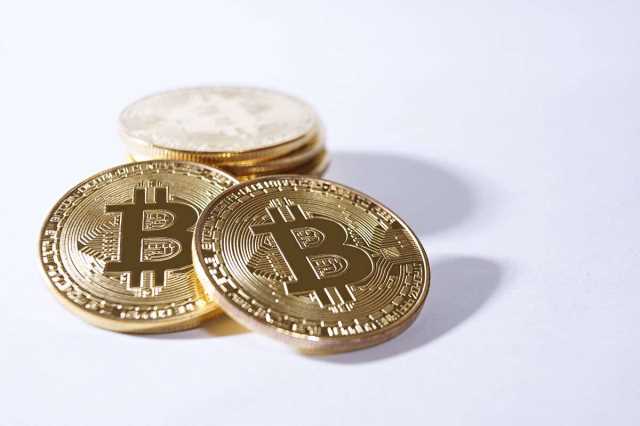Cryptocurrency exchange
What Is a DEX? How Decentralized Crypto Exchanges Work

As opposed to most DEX aggregators, Changelly DeFi Swap provides 24/7 support for its users. If any problems arise, customers can always ask for help at [email protected], and our support team will do everything to help you solve the problem as soon as possible. The most popular DEXs that fall under this category are Serum and Tonic DEX, which run on Solana and NEAR blockchain protocols, respectively. Some have user-friendly interfaces and sync directly into a browser, and like standard crypto wallets come with a backup phrase or similar recovery seed. While complete anonymity is far from guaranteed in crypto, DEXes nonetheless greatly reduce the level of data needed to complete a trade. The now-standard CEX requirements — passport data, a phone number, email address and other forms of user verification — are irrelevant when it comes to DEXes.
- To start using a decentralized exchange, you will need to have a cryptocurrency wallet that supports the DEX you want to use.
- Their main proposition is to connect traders on their platforms to liquidity pools on multiple other platforms exposing them to a wider variety of trading pairs and deeper liquidity.
- A DEX facilitates peer-to-peer trading, and levies network fees in order to facilitate those transactions.
- To actually fetch token prices, you need to tweak the “index.js” script.
- That’s not just the actual purchase, but also the request to purchase or cancel an order.
How DEXs Can Use Chainlink To Help Increase Security and Unlock Advanced Features
Examples of widely used DEXs are Uniswap, Balancer, Kyber Network, Curve, PancakeSwap, and more. Due to this reliance on centralized components, semi-decentralized exchanges’ operations may be subject to government oversight. However, and perhaps most importantly, users still maintain control of the private keys to their funds. Like digital currencies, decentralized exchanges were created in response to flawed and archaic financial systems that passed along risks of a centralized system to its users.
How to Buy Crypto on a Decentralized Exchange
For some decentralized exchanges, transactions are processed on-chain, including modifying and canceling orders. Philosophically, this is the most decentralized and transparent process, because it circumvents the need to trust a third party to handle any orders at any time. Liquidity providers (LPs) are market participants that fund liquidity pools with the crypto assets they own to facilitate trading on DEXs.

What Is a DEX? Decentralized Exchanges Explained
Once connected to the DEX, users can “swap” out Ethereum or BNB for thousands of different tokens. So a DEX built on the Ethereum blockchain can only trade Ethereum based tokens. If a DEX is built on the Binance Smart Chain then it can only trade tokens using BNB.

As a result, users keep control of their funds throughout the entire transfer process until the moment of exchange, when a smart contract executes the signed trade. For others, it seems obvious that an exchange should be centralized. In fact, many have argued that “decentralized exchange” is an oxymoron. After all, an exchange is a gathering point where people congregate to trade. Of course, it should be a single entity to quickly facilitate transactions. When you buy a Bitcoin on Coinbase, for example, it shows up in your Coinbase account, but you don’t actually own and control that Bitcoin yet.
High liquidity also helps traders to get good prices for their trades. To better understand DEXs and how they work, it is worth understanding how their centralized counterparts work. This is because DEXs are an evolution of centralized exchanges (CEXs).
What’s more, decentralized exchanges provide access to a broader range of digital assets as they enable trading of new tokens. The DEX is becoming increasingly popular in the crypto world due to its rising popularity, which appeals to both crypto traders and investors. All trades are visible on the blockchain, which helps to ensure that all transactions are fair and secure, as well as providing users with greater peace of mind. Additionally, the use of smart contracts ensures that all trades are executed according to predetermined rules and conditions, further increasing transparency.

SoFi does not guarantee or endorse the products, information or recommendations provided in any third party website. In a DEX that uses on-chain order books, there are network nodes that are assigned to maintain the record of all orders. It also requires the operation of miners to confirm each What is DEX transaction. Balancer is an AMM-powered DEX on Ethereum that allows users to swap ERC-20 tokens. The Balancer governance token, BAL, allows holders to vote for decisions that affect the protocol. It is also worth noting that Uniswap currently supports up to five different blockchain networks.
- Along the way, you’ll learn how to use some of the most amazing Web3 tools, with Moralis leading the pack.
- This makes DEXs highly accessible to a larger group of people globally.
- This is in contrast to how centralized exchanges (CEX) work by using intermediaries to connect the different exchange users.
- For instance, with Uniswap, you can buy and sell non-fungible tokens.
- It remains to be seen if the majority of trading activity will migrate to DEXs and whether current DEX designs will support long-term growth and institutional adoption.
- However, before using a DEX for all of your cryptocurrency transactions, you should be aware of the limitations.

